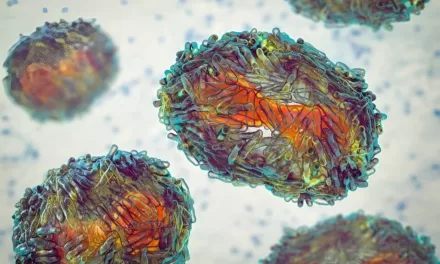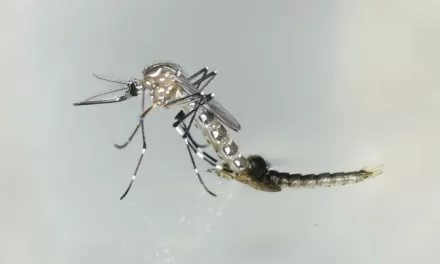Researchers at EPFL (École Polytechnique Fédérale de Lausanne) have successfully tested a pioneering method that enables deep exploration of the human brain without the need for surgery, showing potential for treating neurological disorders like addiction, depression, and obsessive-compulsive disorder (OCD). This innovative approach, led by Friedhelm Hummel and Pierre Vassiliadis, leverages transcranial Temporal Interference Electric Stimulation (tTIS) to target deep brain regions non-invasively, representing a significant leap in neuroscience and therapy.
Tackling Neurological Disorders
Neurological disorders such as addiction, depression, and OCD affect millions globally, characterized by complex pathologies involving multiple brain regions and circuits. The challenge in treating these conditions lies in the intricate and not fully understood brain functions, compounded by the difficulty in accessing deep brain structures non-invasively. Invasive methods like deep brain stimulation (DBS) have shown success but come with risks associated with surgical interventions.
A New Approach with tTIS
Hummel, who holds the Defitech Chair of Clinical Neuroengineering at EPFL’s School of Life Sciences, and Vassiliadis, a postdoctoral researcher, have developed tTIS, a technique that uses low-level electrical stimulation on the scalp to selectively target deep brain regions. Their research, published in Nature Human Behaviour, integrates medicine, neuroscience, computation, and engineering, promising significant advancements in understanding and treating neurological and psychiatric conditions.
“Invasive deep brain stimulation has already been applied to deeply seated neural control centers to curb addiction and treat Parkinson’s, OCD, or depression,” explains Hummel. “The key difference with our approach is that it is non-invasive, meaning we use low-level electrical stimulation on the scalp to target these regions.”
How tTIS Works
tTIS employs two pairs of electrodes attached to the scalp to apply weak electrical fields inside the brain. One pair is set to a frequency of 2,000 Hz, while the other is set to 2,080 Hz. This slight frequency disparity creates an effective stimulation frequency of 80 Hz within the target zone, specifically the human striatum, a region crucial for reward and reinforcement mechanisms.
Vassiliadis, the lead author of the study, explains, “Up until now, we couldn’t specifically target these regions with non-invasive techniques, as the low-level electrical fields would stimulate all the regions between the skull and the deeper zones, rendering any treatments ineffective. This approach allows us to selectively stimulate deep brain regions important in neuropsychiatric disorders.”
Therapeutic Potential and Future Applications
The team’s research focused on the striatum and how reinforcement learning, the process of learning through rewards, can be influenced by targeting specific brain frequencies. By applying 80 Hz stimulation to the striatum, they found they could disrupt its normal functioning, directly affecting the learning process. This has significant therapeutic potential, especially for conditions like addiction, apathy, and depression, where reward mechanisms play a crucial role.
“In addiction, for example, people tend to over-approach rewards. Our method could help reduce this pathological overemphasis,” says Vassiliadis, who is also a researcher at UCLouvain’s Institute of Neuroscience.
The team is also exploring how different stimulation patterns can enhance brain functions. “Our research shows promise in improving motor behavior and increasing striatum activity, particularly in older adults with reduced learning abilities,” Vassiliadis adds.
A New Chapter in Brain Stimulation
Hummel envisions this technology as the beginning of a new chapter in brain stimulation, offering personalized treatments with minimal invasiveness. “We’re looking at a non-invasive approach that allows us to experiment and personalize treatment for deep brain stimulation in the early stages,” he says. Another key advantage of tTIS is its minimal side effects, with most participants reporting only mild sensations on the skin, making it a highly tolerable and patient-friendly approach.
Hummel and Vassiliadis are optimistic about the impact of their research, anticipating a future where non-invasive neuromodulation therapies are readily available in hospitals, providing cost-effective and expansive treatment options.
Reference
“Non-invasive stimulation of the human striatum disrupts reinforcement learning of motor skills” by Pierre Vassiliadis, Elena Beanato, Traian Popa, Fabienne Windel, Takuya Morishita, Esra Neufeld, Julie Duque, Gerard Derosiere, Maximilian J. Wessel, and Friedhelm C. Hummel, 29 May 2024, Nature Human Behaviour. DOI: 10.1038/s41562-024-01901-z












